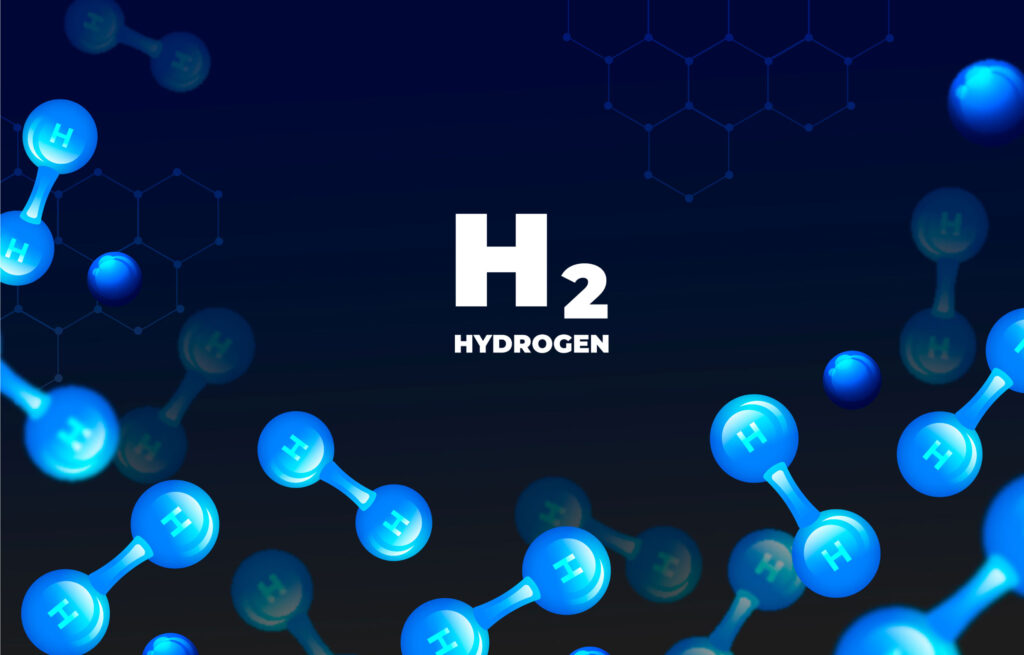The chemical formula hcooch ch2 h2o may look complicated at first glance, but it can be broken down into simpler parts. This formula often refers to a compound formed from formic acid (HCOOH), methylene group (CH₂), and water (H₂O). In chemistry, when these groups are combined, they can create a formate ester that may be involved in many interesting reactions, especially in organic chemistry. Scientists use such combinations to explore how small molecules interact with water and react under certain conditions. It might not be something you find in everyday life, but it plays a big role in chemical labs, research on fuel sources, and how certain materials are made.
Table of Contents
Structure and Physical Properties
The structure of hcooch ch2 h2o combines three different chemical parts: a formate group (HCOO–), a methylene unit (CH₂), and water (H₂O). When these come together, they can form what chemists call a hydrated ester, which is often a liquid at room temperature. It usually has a clear appearance, a mild or slightly fruity odor, and is soluble in water and alcohol. Because of the presence of both water and polar groups like –OH and –COO, this compound can take part in hydrogen bonding, which influences how it behaves in different conditions. These properties make it reactive in certain environments, especially when heat or pH changes are involved, and also give it a slightly unstable nature if stored improperly or exposed to air.
How It’s Made
To create hcooch ch2 h2o, chemists usually start with formic acid and methanol, which react to form methyl formate. Then, through additional reactions involving formaldehyde or hydroxymethyl compounds and water, the hydrated ester form can be developed. This process often happens in labs under controlled conditions, using acid or base catalysts to help speed up the reactions. Sometimes, this type of compound can also form naturally in environments where organic matter breaks down, such as in wet soils, fermentation, or under microbial activity, showing how both human-made and natural chemistry can lead to similar results.
How It Reacts with Other Substances
One of the most important things about hcooch ch2 h2o is how easily it reacts with other substances. Because of its ester-like structure and the presence of water, it tends to undergo hydrolysis, where it breaks apart into formic acid and formaldehyde. This reaction can happen more quickly in either acidic or basic conditions. It can also decompose when heated, which means it’s not very stable under high temperatures. In some situations, it might also take part in redox reactions, where electrons are transferred, especially if strong chemicals are added. These reactions make it useful in organic synthesis but also mean it needs to be handled carefully.
Where It’s Used
While hcooch ch2 h2o is not widely known outside chemistry labs, it has several potential applications. In organic chemistry, it can be used as a reactive intermediate to create more complex molecules. Some forms of this compound are used in the production of solvents, resins, plastics, or additives in different industries. It also has potential in green energy research, where formic acid-based compounds are being studied as possible hydrogen storage materials. This could be important for fuel cells and clean energy systems in the future. Though its current uses are limited, its chemical behavior makes it an exciting area for scientific development.
Safety and Environmental Effects
Handling hcooch ch2 h2o requires care because it can be irritating to the skin, eyes, and respiratory system, especially in concentrated forms. If the compound breaks down into formic acid and formaldehyde, both of those are known to be toxic in high doses. That’s why labs follow strict safety guidelines like using gloves, goggles, and good ventilation. From an environmental perspective, this compound may biodegrade naturally if released in small amounts, but larger spills could cause harm to water life. That’s why it’s important to dispose of it properly and prevent it from entering ecosystems.
What Scientists Are Discovering
Researchers are finding new and exciting uses for compounds like hcooch ch2 h2o. For example, scientists are exploring how it could help store energy in the form of liquid hydrogen carriers, which would be useful for clean fuel technologies. Others are studying how these molecules behave inside nanomaterials or how they can mimic reactions that happen in living cells. There’s also interest in how it breaks down or forms under different environmental conditions, which could help us understand pollution, biodegradation, or even the chemistry of life. Though it’s a small molecule, it’s opening doors to big ideas in sustainable and industrial chemistry.
Conclusion
Even though hcooch ch2 h2o might seem like just a confusing chemical formula, it represents a group of compounds that have interesting structures, useful properties, and real scientific value. From its role in chemical reactions to its potential in clean energy and green chemistry, this compound is more than just a formula on paper. It shows how small changes in structure can lead to new possibilities in science, and why understanding chemistry—no matter how complex it may look—is useful in the real world.
FAQs
What is hcooch ch2 h2o exactly?
It’s a chemical compound likely formed from formic acid, methylene groups, and water, often acting as a hydrated ester in chemistry.
Is hcooch ch2 h2o stable?
Not very. It tends to break down when exposed to heat or strong acids or bases, forming formic acid and formaldehyde.
Can hcooch ch2 h2o be used in fuel cells?
Yes, compounds like it are being studied for hydrogen storage in clean fuel technologies.
Is it safe to use at home?
No, it’s a lab-grade chemical and should be handled only by trained professionals with proper safety equipment.
Where can you find hcooch ch2 h2o?
Mostly in scientific labs or chemical research settings; it’s not commonly found in everyday consumer products.


